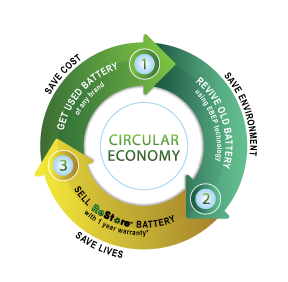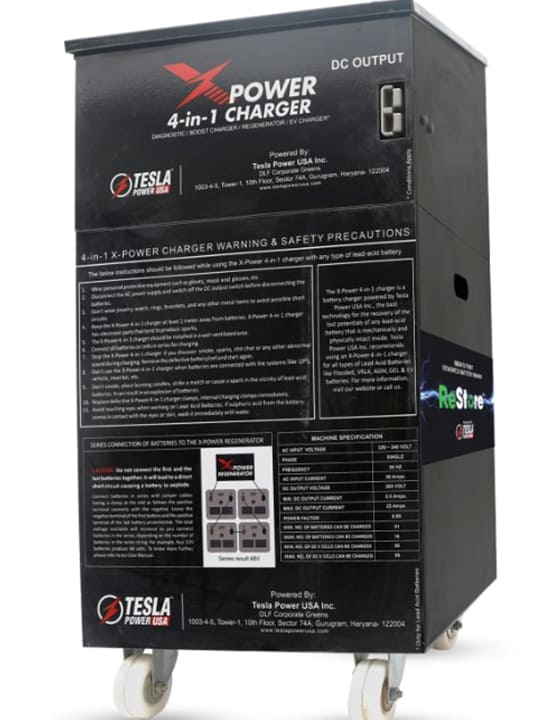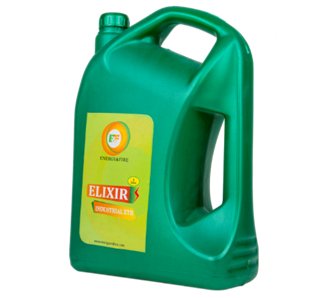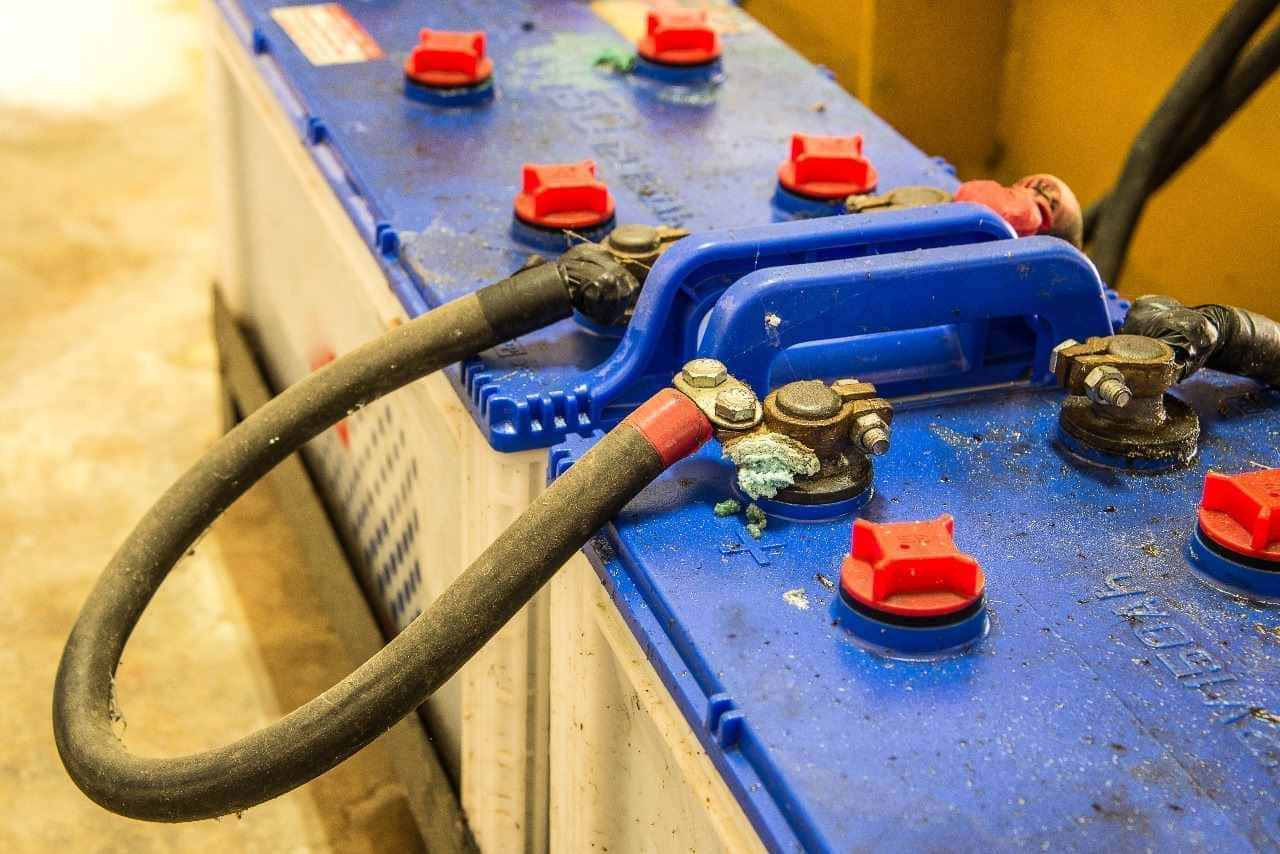Global CO2 emissions have reached alarming levels in recent decades due to our heavy reliance on fossil fuels. This has resulted in dire consequences such as rising temperatures, melting polar ice caps, and other environmental catastrophes. To combat the impact of climate change, it has become crucial to seek sustainable solutions. One of the major solutions is adopting Circular economy principles and battery rejuvenation techniques to ensure a sustainable future and support the ambitious goal of reducing e-waste.
A circular economy is an approach to production and consumption that aims to minimize waste and extract maximum value from products and materials, thus reducing the strain on Earth's resources. This involves designing products for durability, reuse, remanufacturing, and refurbishment to keep goods, components, and materials in circulation. In the case of batteries, a circular economy mindset would shift from the linear "take-make-dispose" model to one that encourages refurbishing, reusing, and rejuvenating batteries.
Regarding reducing e-waste and adopting a circular economy, lead-acid batteries have an advantage over lithium-ion batteries. Currently, only 5% of lithium batteries are recycled worldwide, compared to 99% of lead-acid batteries in the United States, as per a study by the Institute of Green Energy Research. Therefore, promoting the refurbishment and rejuvenation of lead-acid batteries can significantly reduce e-waste.
Battery rejuvenation is a catalyst in extending the lifespan of batteries, thereby reducing the need for frequent replacements. The process involves using cutting-edge technologies to restore lead-acid batteries to a state close to their original condition, effectively reversing the degradation over time. By increasing the lifespan of batteries, battery rejuvenation reduces CO2 emissions associated with battery refurbishment and production.
Many new-age businesses have emerged in this domain, offering highly efficient lead-acid batteries and the technology to rejuvenate various types of batteries. They utilize the Electrochemical Battery Enhancement Process (EBEP) technology, which is cost-efficient and environmentally friendly. This green energy technique can double the life of lead-acid batteries, regardless of their type (VRLA, AGM, gel, or flooded batteries).
As the world grapples with the adverse effects of climate change, nations must adopt sustainable solutions and minimize the environmental impact. While EVs are a significant step towards reducing carbon emissions, equal attention must be given to the batteries. Adapting to a circular economy and embracing battery rejuvenation can play a vital role in reducing e-waste and increasing the lifespan of batteries.
Lead-acid batteries are pivotal in this transition as they are easily rejuvenated and can be incorporated into a circular economy. However, it is essential for all participants along the value chain, including automakers, OEMs, and other stakeholders, to work together to reduce the overall environmental impact.
Now is the time for automakers and OEMs to embrace these transformative approaches and play a vital role in protecting the planet by reducing e-waste. We can work towards a sustainable future with reduced CO2 emissions and extended battery lifespans by implementing circular economy principles and investing in battery rejuvenation technologies.






